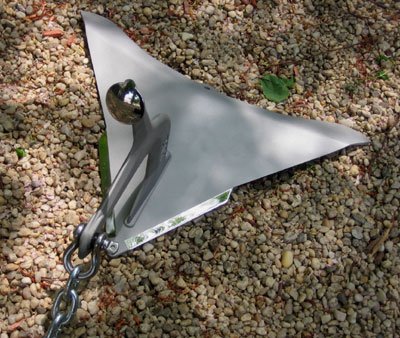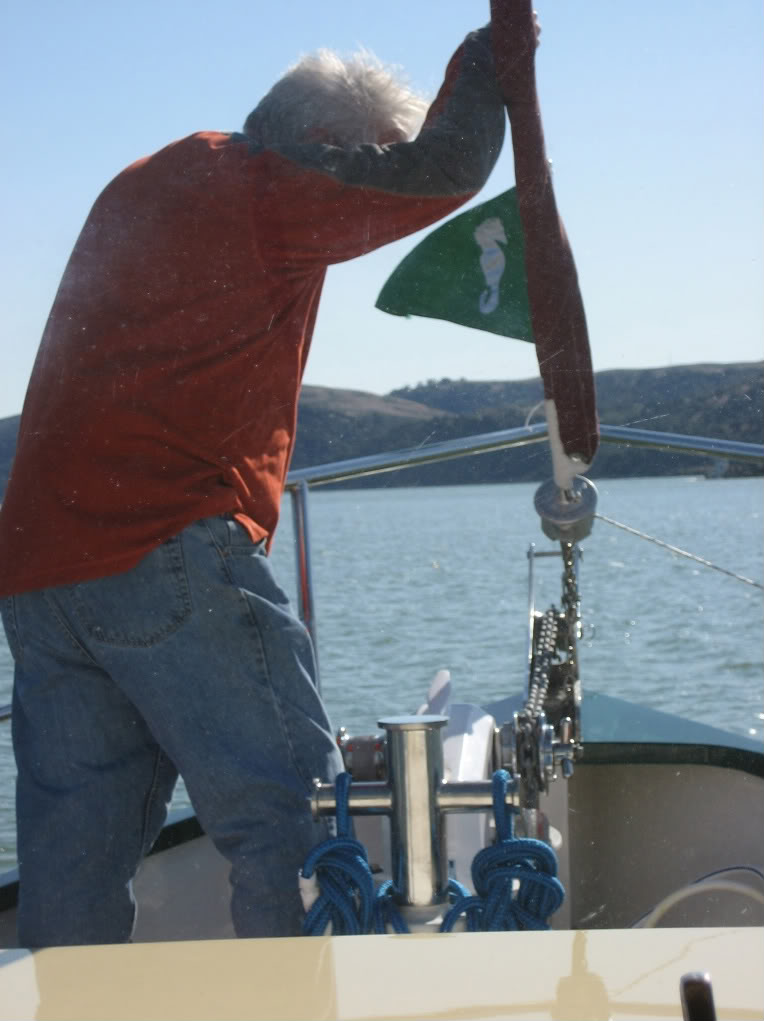eyschulman
Guru
- Joined
- Apr 1, 2014
- Messages
- 1,288
I lived and boated on the East Coast for over thirty years. Mostly gunk holing with a good deal of it on the muddy tributaries of the Chesapeake. For some of those years as live aboard (not at a dock)6 months out of the year. I did not use a Fortress anchor and like Nigel Calder I did not miss it nor did I feel the need for it. There were numerous typical thunderstorms with their veering high winds. The only times I dragged were once on Barnegat bay when a Danforth encountered a 180 degree wind shift with moderate gusts causing a complete break away with no reset a clogged anchor and once at Annapolis inner harbor on a Bruce in a thunder storm. Neither incident was catastrophic. As said here by others I think many anchors can be set in mud provided proper seamanship and for most anchors the Danforth excepted a constant hall in or back down as done by this test is probably not the way to do it. the Calder cup of tea method is more like my personal experience suggests. Because of my experience I doubt the full relevance of the Fortress test regarding the poor performance of the Spade types. I have no argument with the good performance of a Danforth type in mud and sand but I and most knowledgeable boaters have known that and the foibles of the type for very many years. With my limited engineering ability I probably could design a test to embarrass the Fortress by cherry picking the bottom and method of setting. In the end I think the Spade type or a variation of it is in the ascendancy among anchors and the Fortress test will not change that, though it might buy them a little bigger piece of the market. I just received three more boating magazines in the mail and surely there will be few if any pictures of Fortress anchors on the many boats and very many new Gen spade types surely something the people at Fortress must have also noticed over that last few years. I do think the Fortress makes a fair secondary anchor to set from a dinghy and store below but not one to sit out on the bow pulpit of boats that anchor in varied and sometimes unknown bottoms..


